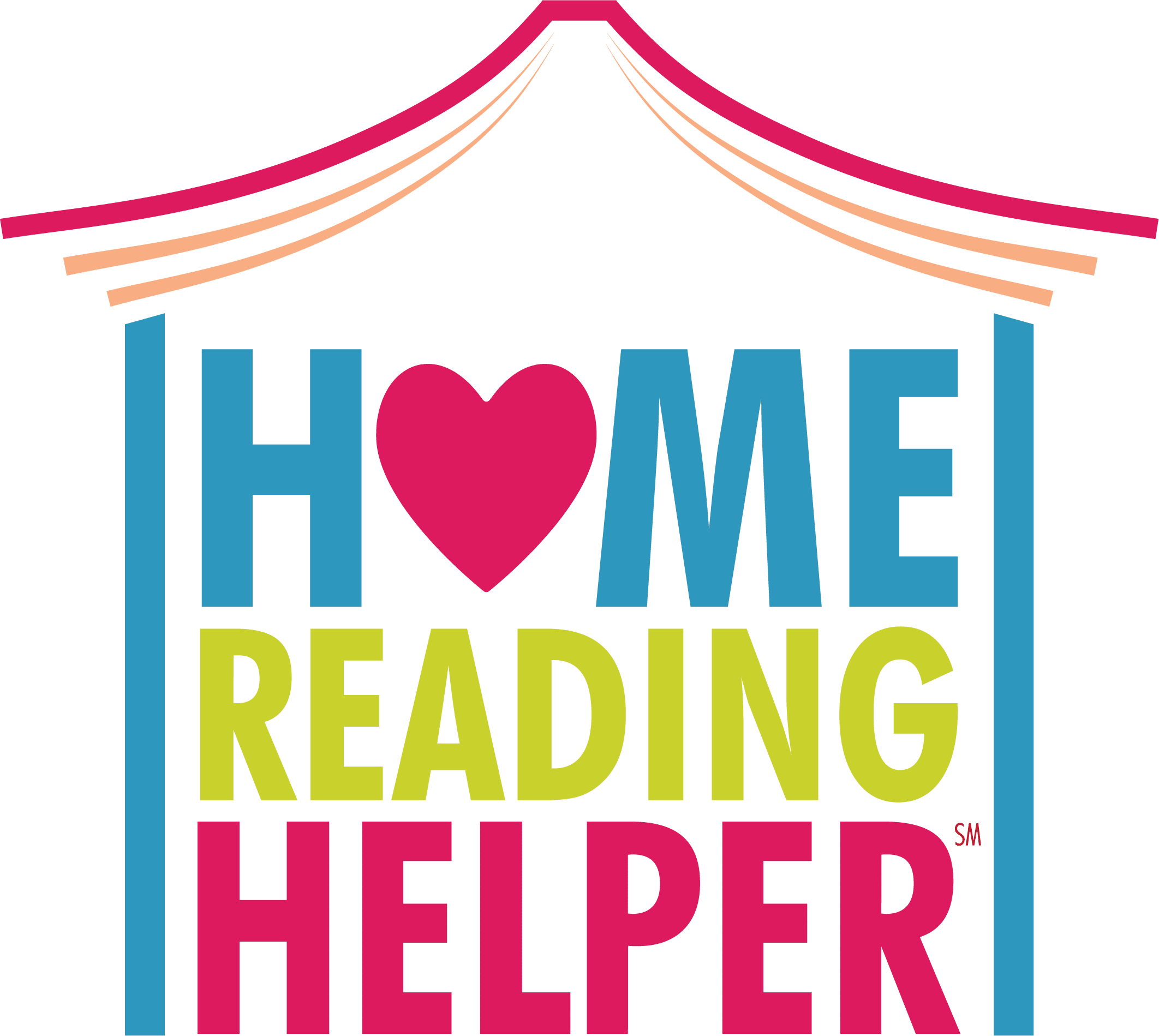Goals for the End of Kindergarten
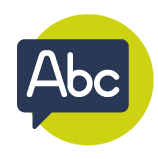
Children know all lowercase and uppercase letters in the alphabet.

Children know all the sounds for each of the letters.
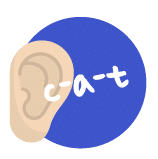
Children can play with sounds, for example, thinking of words that start with the “s” sound: snake, sit, sick.

Children can break up a word into its sounds, such as breaking “cup” into “c” “u” “ p”.
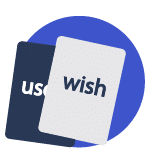
Children know at least some of a few or as many as 20 high-frequency “sight words”.
(the, to, and, he, a, I, you, it, of in, was, said, his, that, she, for, on, they, but, had)
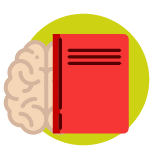
Children can tell you about the story they just heard and connect it to their own lives.
(“Goldilocks shouldn’t have eaten the little boy’s food! My brother was mad when I snuck and ate his oatmeal.”)
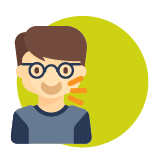
Children know that when reading, the print goes from left to right. When they write, they understand that they have to write from left to right and continue to the next line.
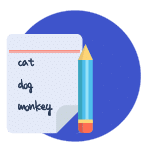
Not all children can read fully on their own by the end of Kindergarten. This is normal for their age. When reading with an adult, they may see words they can read and fill in the blanks for a rhyming story.
(“Five little monkeys jumping on the bed, one fell off and bumped his ____”.)
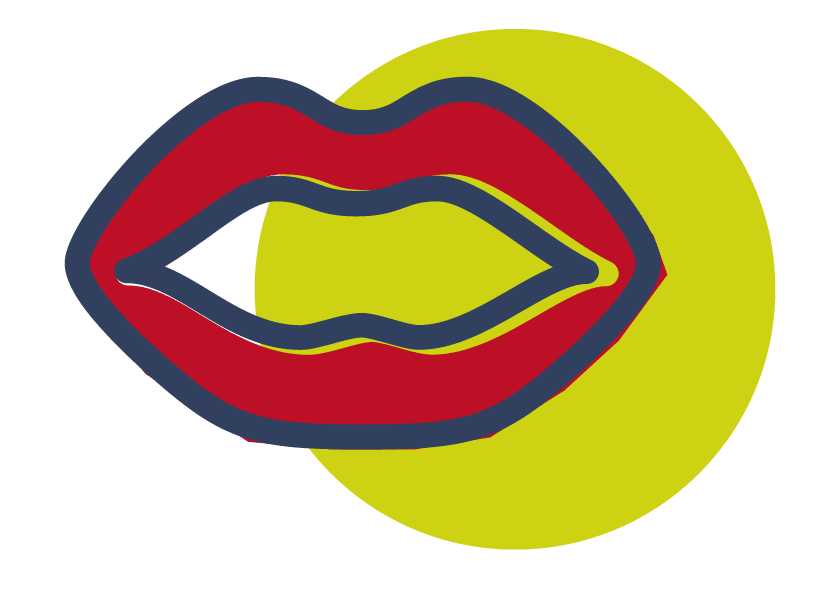
Children can explain how to do things or tell you all about something they like.
(“This is how you make a peanut butter and jelly sandwich. First…”)
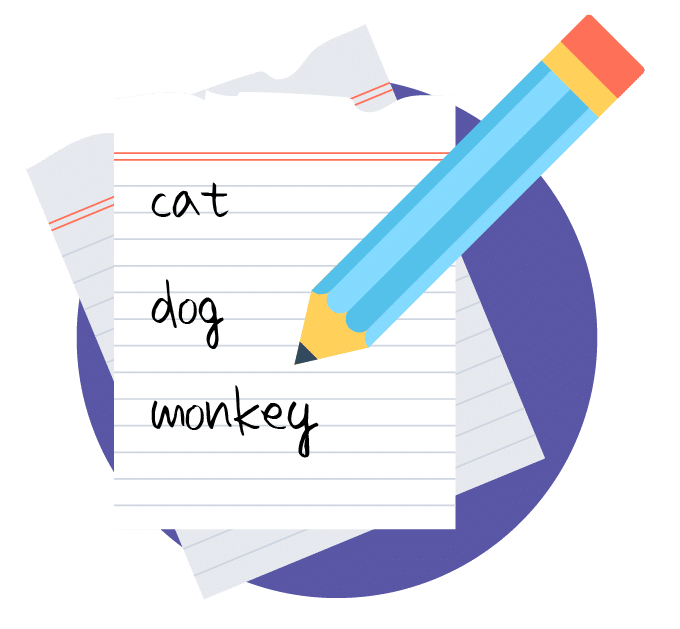
When children begin to try writing, they use “invented spelling,” which is their understanding of how a word sounds. The word “journal” might be spelled “drenurl”. This is a great step and you don’t need to correct their spelling in Kindergarten. It’s normal for kids to write their letters backwards, but you can give a quick reminder of how the letter should look. The most important thing is that they are excited to write!

Children can understand and talk about their own writing and pictures. Get your child crayons, pencils and paper. There’s no way to start writing without having the tools to do so!

Play writing games, such as having your child pretend to be a waiter and take your food order. Or show your child how you write a list for the store and have them create a list of their own ideas.

Write their first and last name in shaving cream. Get your child excited to write and draw by spraying shaving cream in the bathtub and then have them write names in the foam with their finger. Writing practice will become a game for them rather than work.

Make writing a reward. Get your child a notebook and make time to write and draw in it together. They’ll observe how you write, and it will feel like a cool thing to do with their parent!
